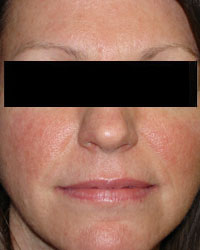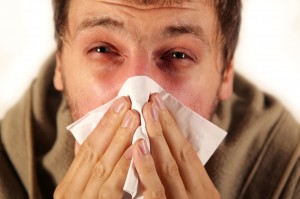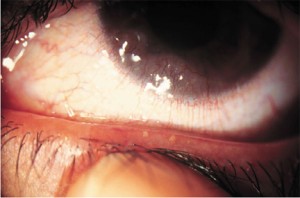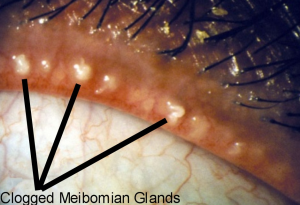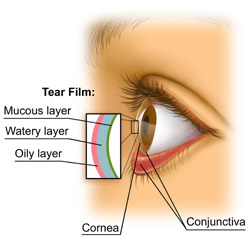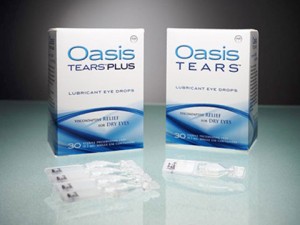It’s been nearly a month since Maureen, Nannette and I came home from the American Optometric Association (AOA) meeting in Seattle.  We had amazing weather, it was in the mid-80’s! Besides enjoying the weather, the abundance of coffee and a beautiful city, we attended some excellent classes.
We had amazing weather, it was in the mid-80’s! Besides enjoying the weather, the abundance of coffee and a beautiful city, we attended some excellent classes.
Nannette participated an ocular anatomy workshop where she dissected a cow’s eye to better understand the structures and function of the eye. She and Maureen also went to a lensometry workshop to learn the intricacies of measuring lens prescriptions and parameters such as power, astigmatism and axis postition.
The new buzz in eyecare is the effect of blue light that is emitted from digital devices. It is thought that exposure to the blue light can cause sleep disruption and even macular damage. It’s nearly impossible to avoid our phones, tablets, computers and even TVs so blue light filters and gaming glasses are available.
Maureen went to a contact lens course which emphasized the importance of proper care, cleaning and replacement to maintain successful wear of contact lenses.
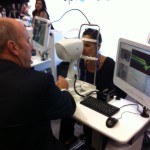 All 3 of us spent time looking at new equipment and asking the vendors questions about instruments we use in our office. We found and purchased some items to use for our dry eye treatments. I also bought a device to aid in determing spectacle prescriptions for my pediatric patients.
All 3 of us spent time looking at new equipment and asking the vendors questions about instruments we use in our office. We found and purchased some items to use for our dry eye treatments. I also bought a device to aid in determing spectacle prescriptions for my pediatric patients.
The courses that I learned the most at were one on glaucoma and another on cataracts. In particular the cataract course described new technology and how it compared to current surgical procedures. The educator also talked about the “premium” intra-ocular lenses (IOLs) that include multi-focal and toric designs to correct most refractive errors.
We returned to Petaluma inspired and ready to implement our new knowledge.
